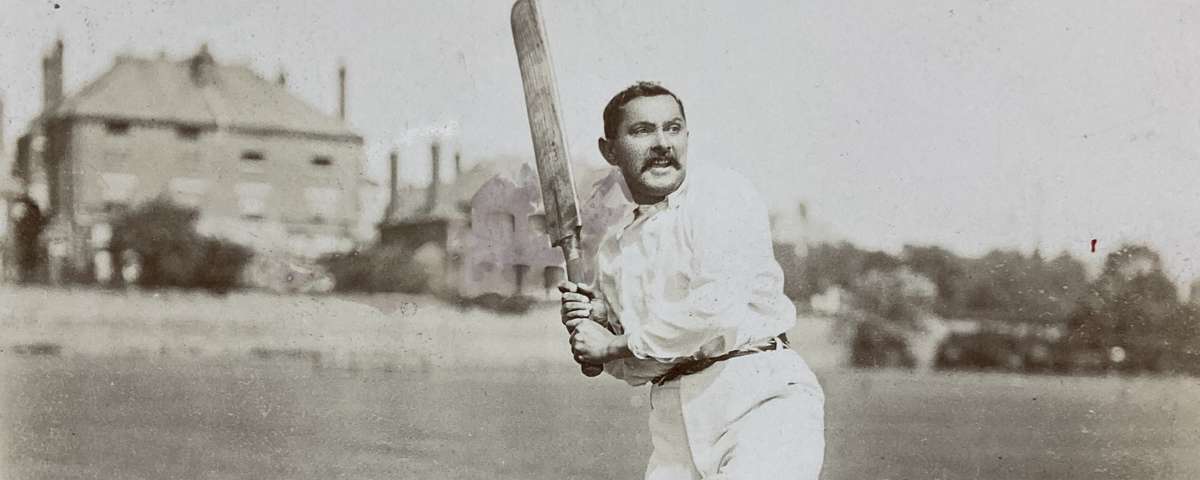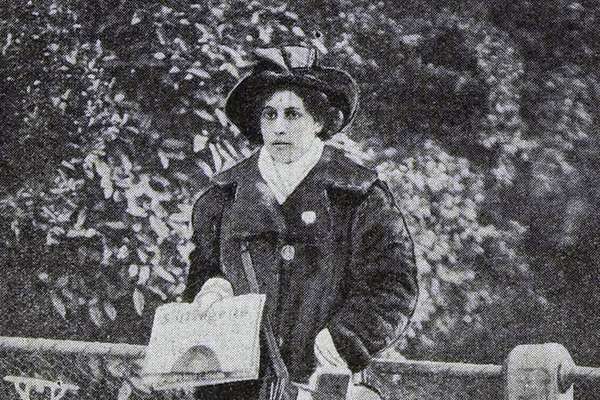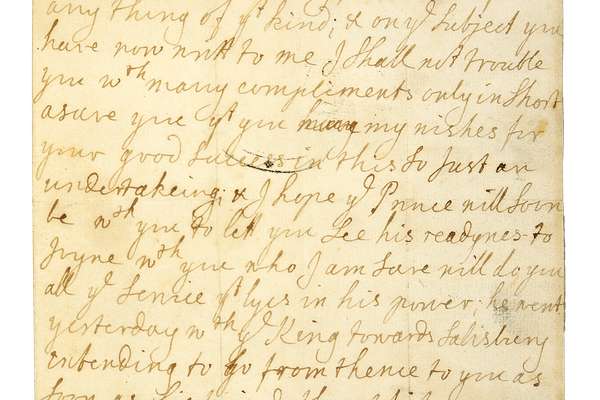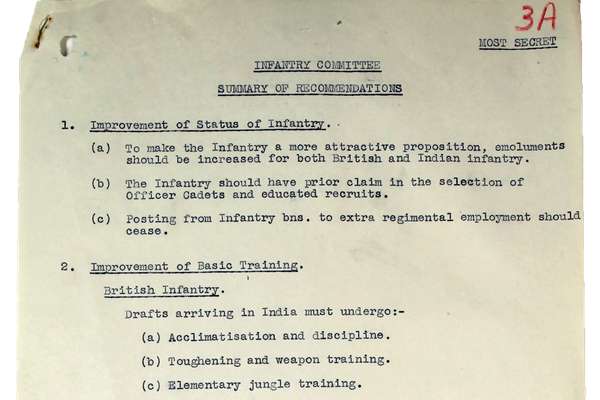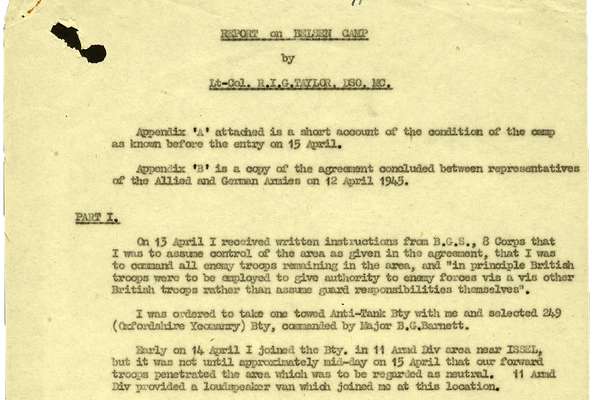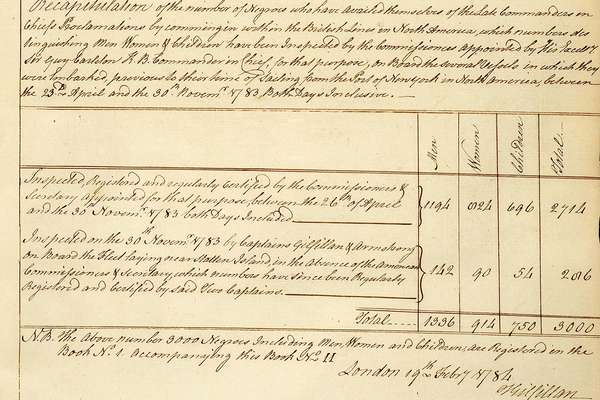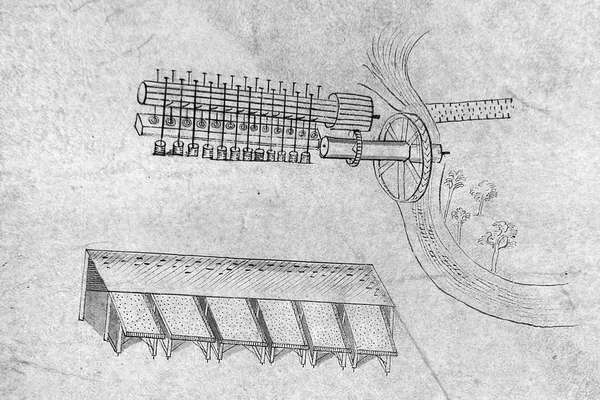'Father of Indian cricket'
In our collection, we hold eight photographs of Indian cricketer Kumar Sri Ranjitsinhji. More commonly known as Ranji, he has been called the ‘Father of Indian cricket’, yet at the same time has been criticised for not promoting and supporting the sport in his home country.
In his book A History of Indian Cricket, Mihir Bose suggests that Ranji saw his cricket career as a means of social advancement in England and that he separated this from his Indian role as a prince. Bose highlights that Ranji never played professional cricket in India and that his impact within the country was therefore limited.
Nevertheless, Ranji’s role as a professional cricketer certainly made an impact in Victorian Britain and on the history of the game.
The photographs we hold cover the period 1895 to 1908. They show Ranji playing cricket, with teammates, and in his royal regalia. These photographs, alongside a drawing and a section of celluloid film, were officially registered for copyright protection. This meant that they couldn’t be reproduced without permission and indicates there was commercial potential in owning the rights to images of Ranji.
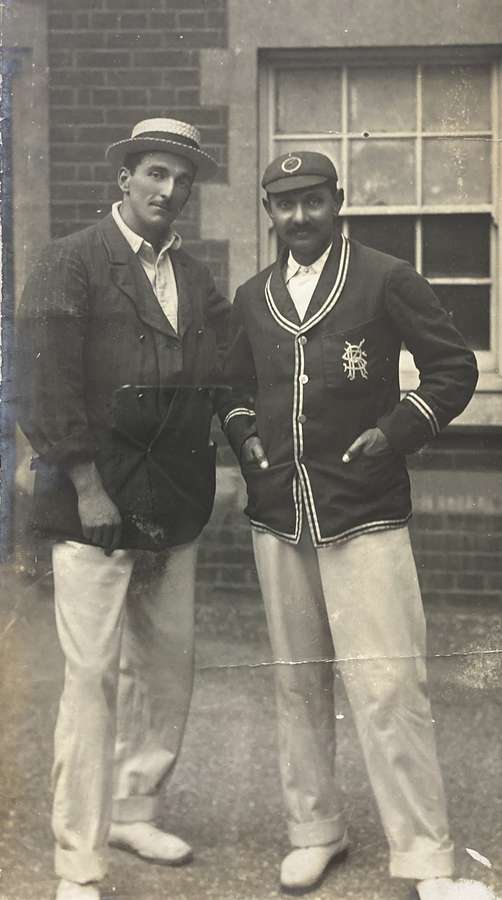
Photograph of Ranjitsinhji and C B Fry registered for copyright protection by Charles Hands, 69 Trinity Road, Balham, London 21 September 1903. Catalogue reference: COPY 1/465/537
Early life
Ranji was born in Sadodar village in 1872, in the Indian state of Nawanagar (now known as Jamnagar), to the west of India. His father was a farmer, but his grandfather was a cousin of Vibhaji, the Jam Sahib, or princely ruler, of Nawanagar.
Vibhaji had disinherited his own son, and in 1878 he chose Ranji to become his new heir. Ranji was sent to the prestigious Rajkumar college and was led to believe that he would be officially adopted by Vibhaji. However, in 1882 Vibhaji fathered a son and Ranji lost his place as heir.
Coming to Britain
Ranji came to Britain in 1888 at the age of 16 and began studying at Trinity College Cambridge the following year. He lived a lavish lifestyle beyond his means and ran up large debts. According to his biographer, Alan Ross, this may have been a consequence of his attempts to be accepted and to overcome prejudices among his peers in Cambridge.
After playing cricket for local clubs, in 1893 Ranji was given a place in the Cambridge University team. He had an innovative batting style, playing on the back foot in defence and attack, and has been credited with inventing the ‘leg glance’ shot.
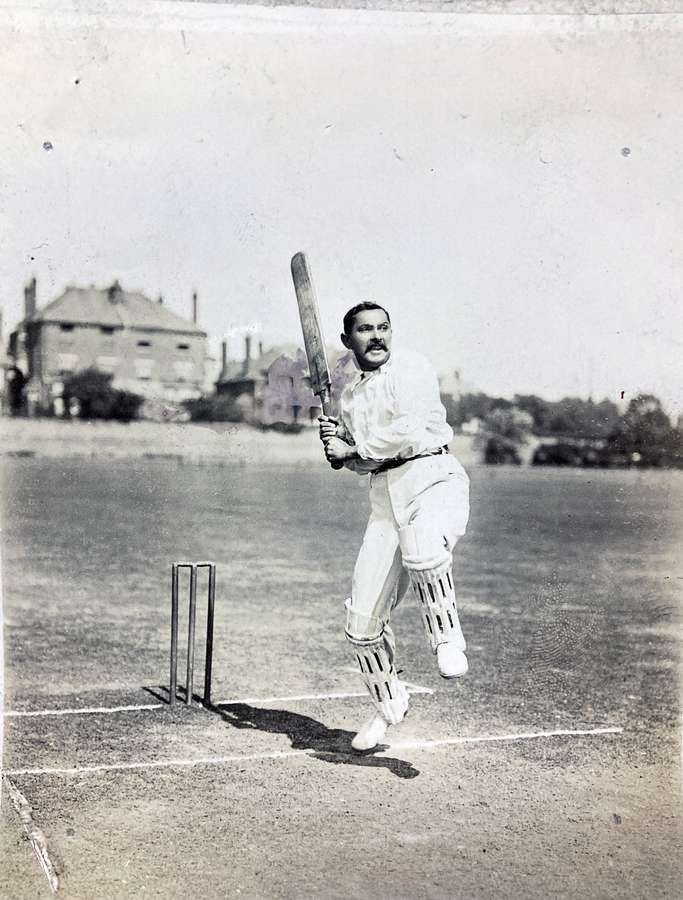
Photograph of Ranjitsinhji 'Jumping out to drive', registered for copyright protection by George William Beldam, Boston Lodge, Ealing in July 1905. Catalogue reference: COPY 1/487/525
Cricket career
Ranji subsequently played for Sussex and London County, and by 1896 he was a contender for the England team (India wouldn't field its own Test side until 1932, when they played England at Lord's). However, despite warranting a place, he was not selected by the Marylebone Cricket Club (MCC) for the first Ashes Test match against Australia at Lord’s in June.
Anthony Bateman in his book Cricket, Literature and Culture: Symbolising the Nation, Destabilising Empire explains that Lord Harris, an influential member of the MCC selection committee, 'opposed his qualification for England on the grounds of race.'
The second Test was played at Old Trafford in July 1896 and this time Ranji was selected for the team, becoming the first person of colour to play Test cricket for England.
Batting at three, following W G Grace, it was a remarkable debut. He made 62 in the first innings and 154 not out in the second. Despite Australia winning the game, Ranji had demonstrated his remarkable talent, helping earn him a Wisden Cricketer of the Year award in 1897. He subsequently toured Australia with the England team in the winter of 1897–98.
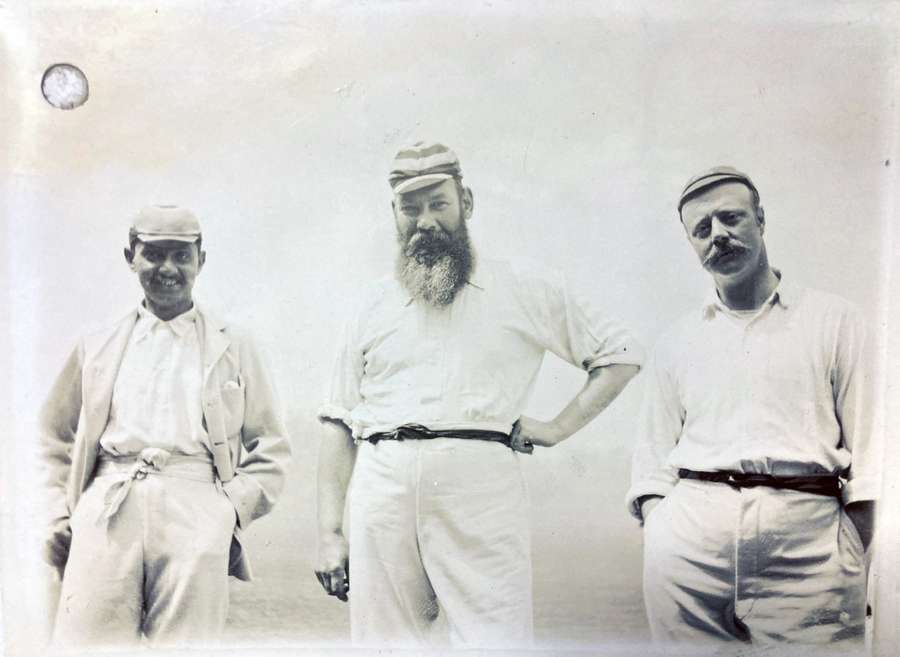
Photograph of three cricketers, Ranjitsinhji (left), W G Grace (centre), and W L Murdoch (right) registered for copyright protection by Robert Payne Grace, Harcourt House, Anerley, Surrey in June 1895. Catalogue reference: COPY 1/420/933
Film of Ranji practising in the nets during the tour was taken by Henry Walter Barnett and is thought to be the oldest surviving cricket film. Barnet registered the film for copyright protection in February 1898 and images are in our collection (COPY 1/434/422-423). The moving film can be viewed on the BFI player and the BFI’s YouTube channel.
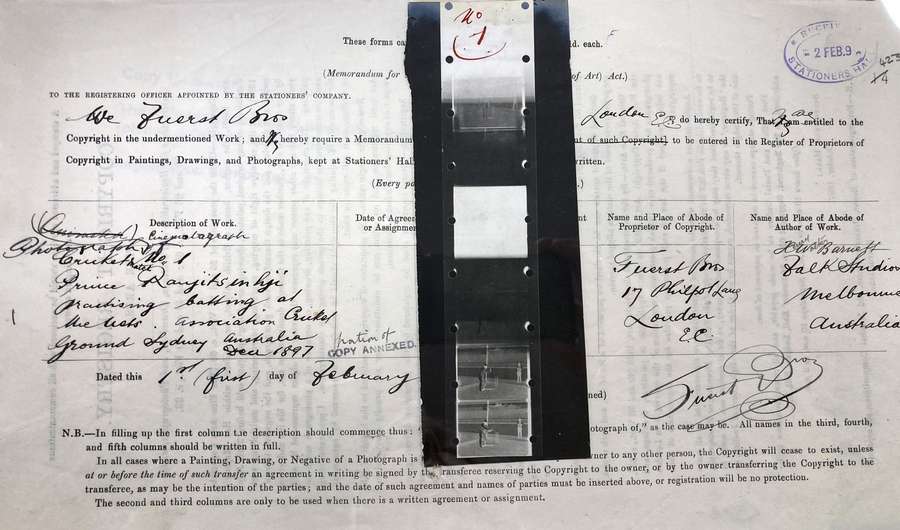
Registration form with a copy of an original cinematograph film strip attached. Shows Ranjitsinhji practising batting at the nets at the Association Cricket Ground, Sydney, Australia. Registration form shows film taken by Henry Walter Barnett, and copyright registered by Fuerst Brothers in February 1897. Catalogue reference: COPY 1/434/423
In May 1898, the Campbellfield Pottery Company in Glasgow registered drawings of Ranji with W G Grace and Tom Richardson (COPY 1/141/406-407). These would have been used as transfer designs to decorate chinaware such as mugs, jugs, and plates, and probably sold as souvenirs.
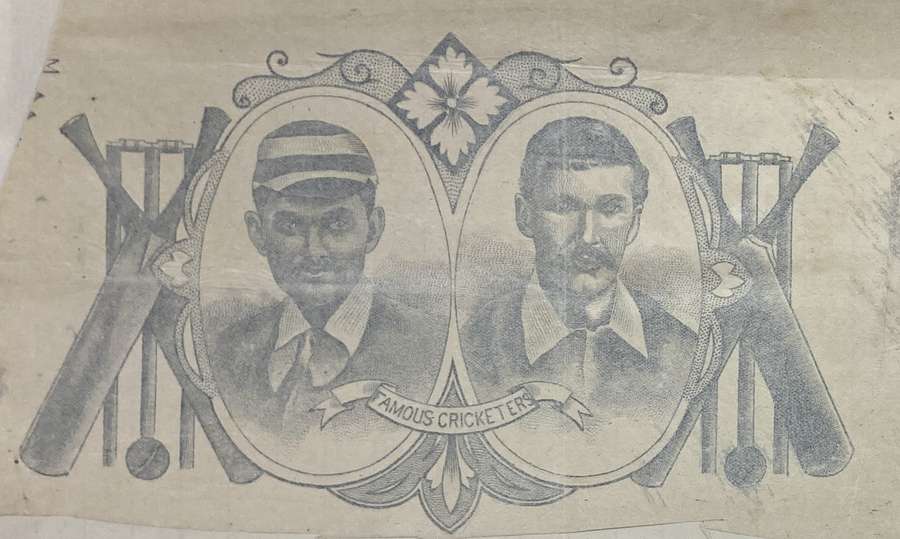
Drawings of Ranji registered by Campbellfield Pottery Company in Glasgow. Catalogue reference: COPY 1/141/406-407
Ranji played three Tests in the classic 1902 Ashes series, won by Australia. In the Fourth Test, batting at five, he fell for two and four with England losing by just three runs. It would be his final Test for England. In total he played 15 times scoring two centuries and six fifties, totalling 989 runs with an average of 44.95.
Later life
After the death of Vibhaji in 1894, his son Jaswantsinhji had become ruler of Nawanagar, taking the name Jassaji. In 1906 Jassaji also died, and despite competing claims, the throne finally passed to Ranji whose full title became Colonel His Highness Shri Sir Ranjitsinhji Vibhaji II, Jam Sahib of Nawanagar, GCSI, GBE.
Ranji continued to spend time in Britain, but despite his improved circumstances, he regularly failed to pay his bills. On a few occasions the India Office became involved in settling disputes over unpaid debts, and Lord Winterton twice asked questions in the House of Commons regarding money owed by Ranji.
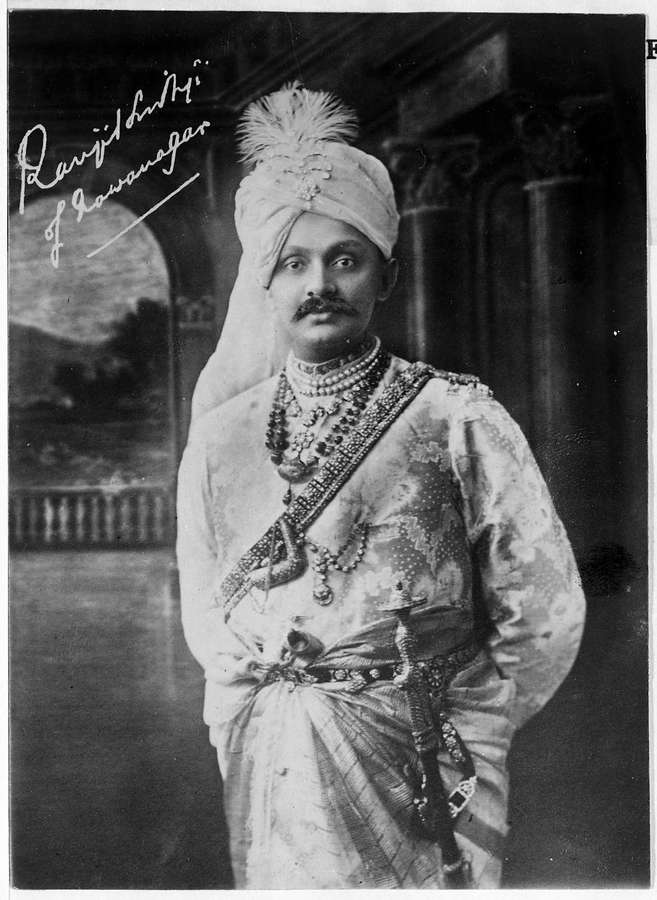
Portrait photograph of His Majesty The Jam of Nawanagar taken by Charles Vandyk, 37 Buckingham Palace Road, London and registered for copyright protection by Ralph Robinson, Norwood, Plymouth Grove, Manchester. September 1908. Catalogue reference: COPY 1/525/217
During the First World War, Ranji was made an honorary Major in the British Army. Because of his royal status he did not see active service, but he remained in Europe leaving his administrator, Colonel H W Berthon in charge of Nawanagar.
Berthon implemented a programme of modernisation which, combined with the benefits of a new port at Bedi, improved the finances of the state and allowed Ranji to afford the lavish lifestyle he obviously desired.
Ranji died in 1933 after a short illness. The following year the Board of Control for Cricket in India (BCCI) founded a national tournament originally known as the Cricket Championship of India. The Maharaja of Patiala donated a trophy in memory of Ranjitsinhji, and in 1935 the competition was re-named the Ranji Trophy. The annual first-class cricket competition is one of the biggest domestic tournaments in India and involves 38 teams from across the country.
Records featured in this article
-
- From our collection
- COPY 1/465/537
- Title
- Photograph of Prince Ranjitsinhji and C B Fry
- Date
- 21 September 1903
-
- From our collection
- COPY 1/487/525
- Title
- Photograph of Prince Ranjitsinhji 'jumping out to drive'
- Date
- July 1905
-
- From our collection
- COPY 1/420/933
- Title
- Photograph of Ranjitsinhji, W G Grace and W L Murdoch
- Date
- June 1895
-
- From our collection
- COPY 1/434/423
- Title
- Registration form with a copy of an original cinematograph film strip showing Ranjitsinhji batting
- Date
- February 1897
-
- From our collection
- COPY 1/525/217
- Title
- Photograph of His Majesty The Jam of Nawanagar
- Date
- September 1908
